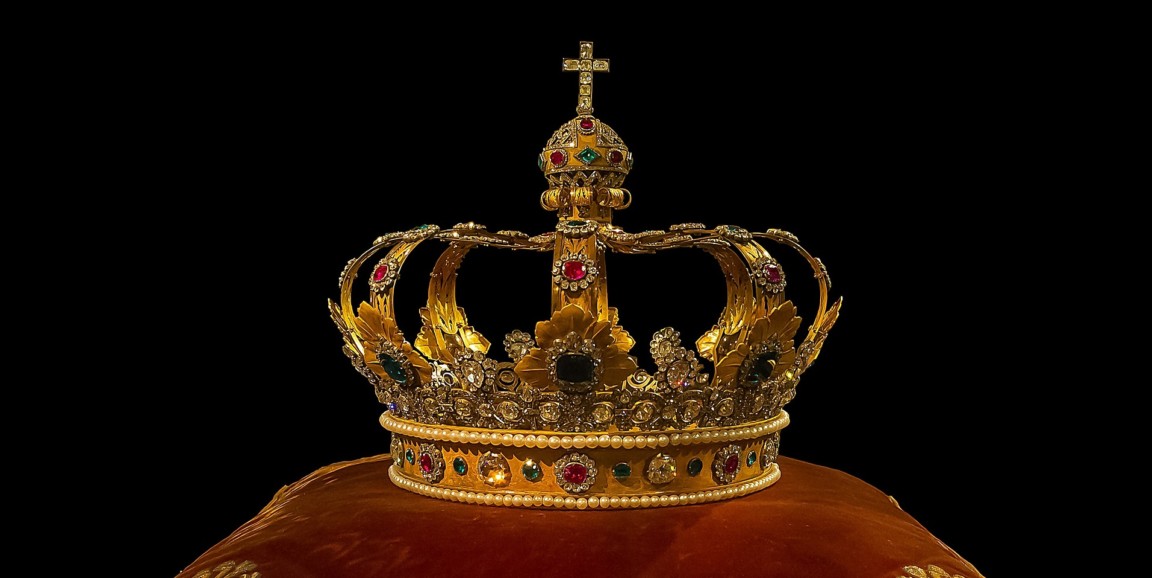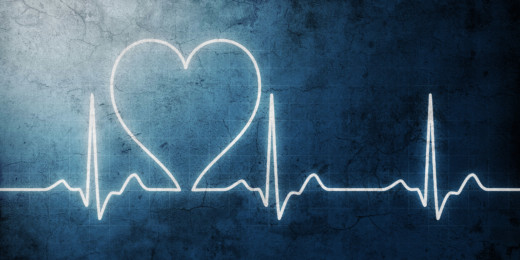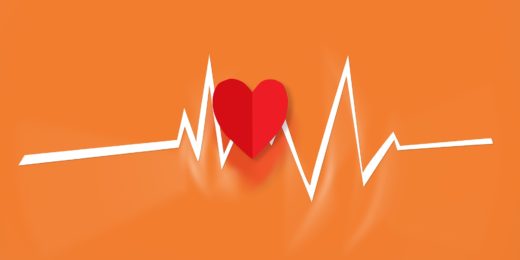The blood vessels that supply oxygen to the heart circle the top of this organ like a crown, which lends them their name: coronary arteries, from the Latin word for crown, "corona." When a coronary artery is blocked, this circle becomes a crown of thorns, inflicting sharp pain as the hard-working heart muscle is starved of oxygen. If oxygen is cut off for too long, muscle tissue will die.
Some people are lucky enough to have small, extra arteries called collateral arteries, which reroute blood around a blockage and provide another route to deliver blood and oxygen to heart muscle.
In research published in Cell, Kristy Red-Horse, PhD, associate professor of biology, and Joseph Woo, MD, professor of cardiovascular surgery, reveal that they have found how those collateral arteries can be built, at least in mice, and show that a particular protein signal can promote collateral artery growth.
"Normally, adult hearts almost never extend out to form collateral arteries after injury using this protein signal," Red-Horse says in our news release. When adult mice with heart muscle injury were given this protein, the researchers found, new collateral arteries grew into the injured tissue, providing a mechanism for those muscle tissues to get more oxygen and recover.
Red-Horse and Woo think there are a whole host of such growth signals that could foster collateral artery development, and hope that eventually this discovery and future discoveries may form the basis for a medical therapy for people who have heart disease or have suffered a heart attack.
Image by skeeze






